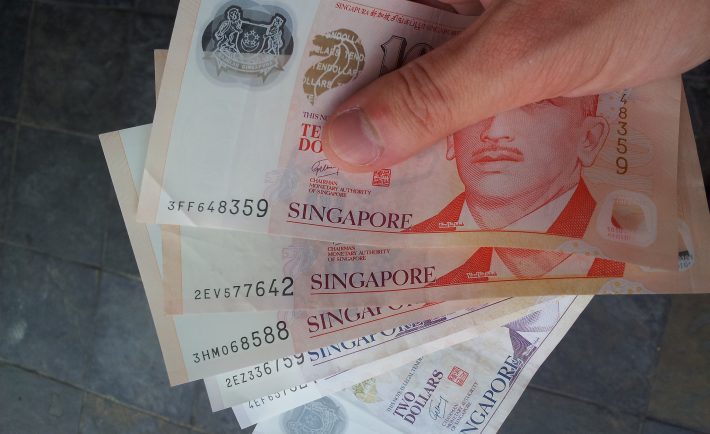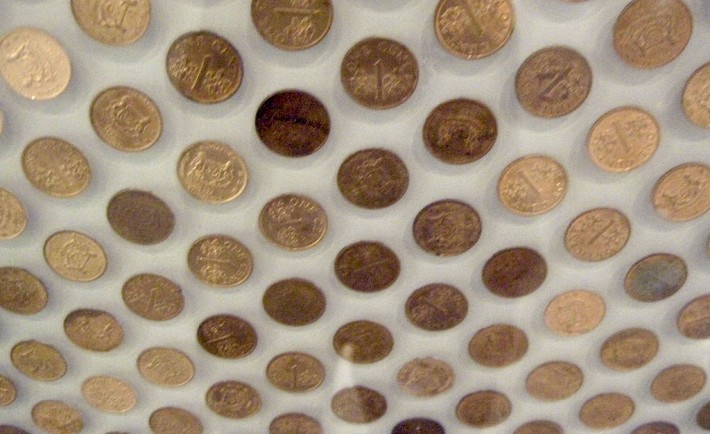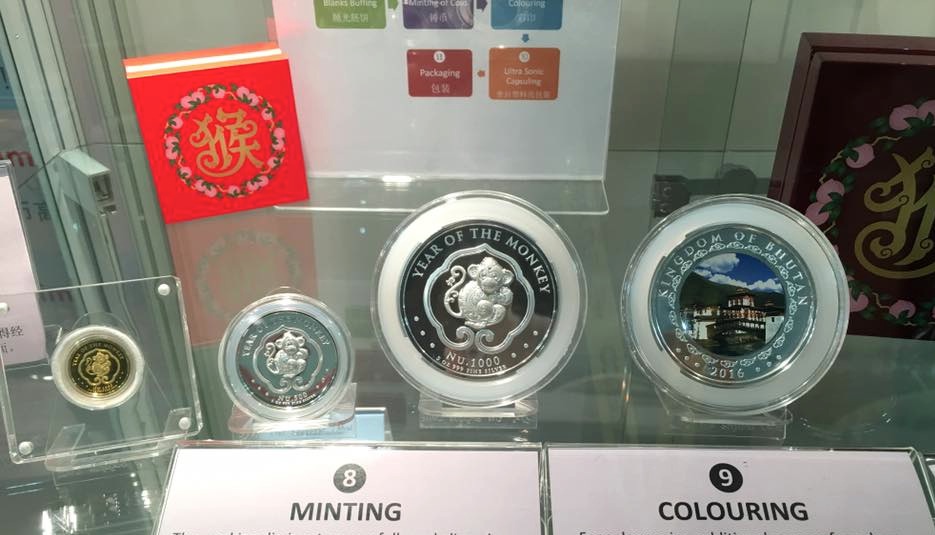Whether you call it SGD or Sing-dollar, Singapore Dollar is our country’s official unit of currency. It consists of paper notes and coins. Paper notes are divided into S$2, S$5, S$10, S$50, S$100, S$500, S$1,000 and the rare $10,000. While, the coins denominated in 5 cents, 10 cents, 20 cents, 50 cents and S$1. All these money hold their very own secret features.
Read through the post to find out more.
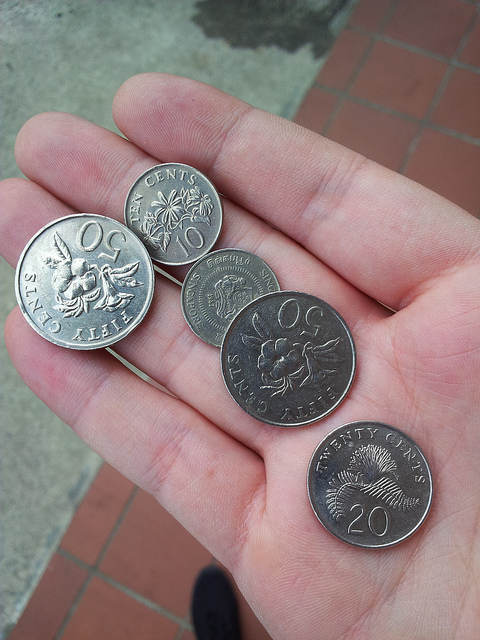
Image Credits: Aleksandr Zykov via Flickr Creative Commons
#1: I AM STILL STANDING
Grab a S$5 note from your wallet. Do you see the Tembusa tree printed on it? Believe it or not, that tree is still standing in the Botanic Gardens. It is believed to be at least 200 years old. Imagine the wonders it holds!
#2: THE STRONG SHALL PREVAIL
Ever wondered why polymer banknotes exist? For starters, these plastic notes are water-proof. Not only can a polymer notes survive a washing machine spin, but it can also survive being forgotten in your pockets for a long time. According to the the Monetary Authority of Singapore (MAS), polymer notes last three to four times longer than their paper counterparts.
What is more impressive? Polymer notes have ingredients that are not available commercially. This is a way to prevent production of counterfeit notes.
#3: SELL NOT THY JEWELS
Rocking accessories made from or resembling Singapore coins sounds pretty cool! However, wearing these jewelries may land you at the wrong side of the law. Under Singapore’s Currency Act, it is illegal to “mutilate, destroy or deface” any form of Singapore currency. Be ware as offenders can be fined up to $2000!
#4: THROUGH THE MAGNIFYING GLASS
The seemingly unnoticable “line” at the top of every banknote is actually a microtext. You do not believe me? See for yourself! Get a magnifying glass from your father’s tools and take a closer look. At the top left-hand side of any note, the microtext shall state: “MONETARYAUTHORITYOFSINGAPORE”. Interesting way to hide your name, MAS!
#5: YOU CAN HAVE A REPLACEMENT
Have you accidentaly tear up one of your paper notes before? You are not the only one! A S$50 with a missing corner is practically worthless. Fortunately for you, you can exchange your note at the local banks.
What is the catch? Firstly, you must present at least two-thirds of the original note for a full refund. Lastly, you must provide evidence that you did not intentionally destroy your banknote.
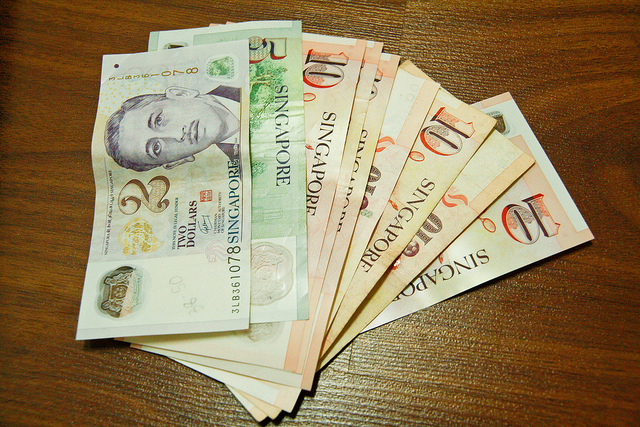
Image Credits: Narin BI via Flickr Creative Commons
I hope that helps!

